Small toys, big market
A gashapon is a small toy in a translucent plastic ball, also known as a capsule toy. Toys have been around for more than 40 years, but after the Tokyo maker Kitan Club launched the "Koppu no Fuchico" ("Fuchico" on the glass edge) in 2012, the craze really took off.
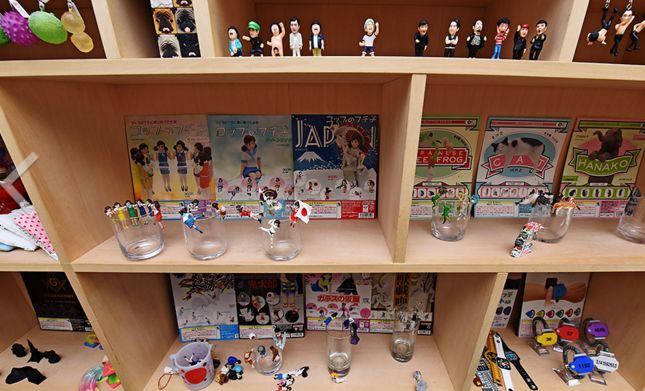
Generally, a gas-scraping self-service vending machine can be found at the entrance of a toy store or a convenience store. The consumer inputs 100 to 500 yen coins into the vending machine, twists the button, and the toy toy is randomly rolled out from the machine.
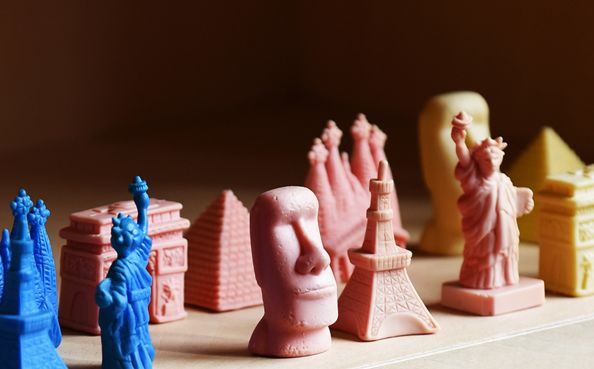
Unlike ordinary children's toys, Japanese toy-locked toys are inexpensive, but they are of high quality, richly designed, diverse, and even have a limited edition of popular dolls. Moreover, since the toy toy is randomly selected from the vending machine, it is even more fascinating to know which one to twist before opening.
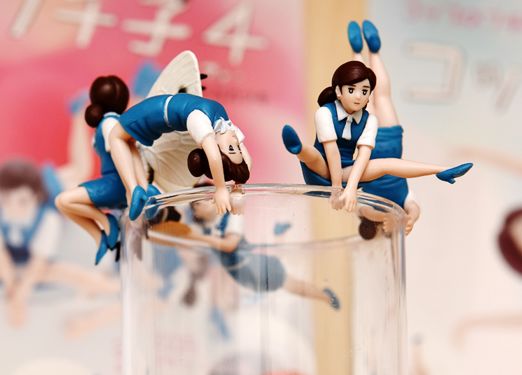
The toy toy is not only popular among children, but also among adult collectors and fans. It has been popular in Japan for half a century. The audience covers not only Japanese men, women and children, but even spread to Asia.
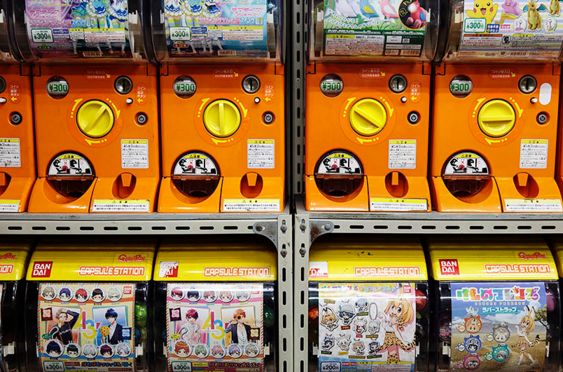
In a shop in the famous Akihabara electronics area of ​​Tokyo, there are about 500 veneer toy vending machines.

In Japan, toy toy has become a multi-million dollar craze.

Seita Shiki, a spokesman for Tokyo-based manufacturer Kitan Club, said: "We never thought about targeting children, their numbers are decreasing, and adults have more money."

After the launch of the Fuchico series, the Kitan Club’s sales increased from 800 million yen to 1.2 billion yen. When the buyers posted photos of these cute toy toy on social media, it attracted a great buying spree.
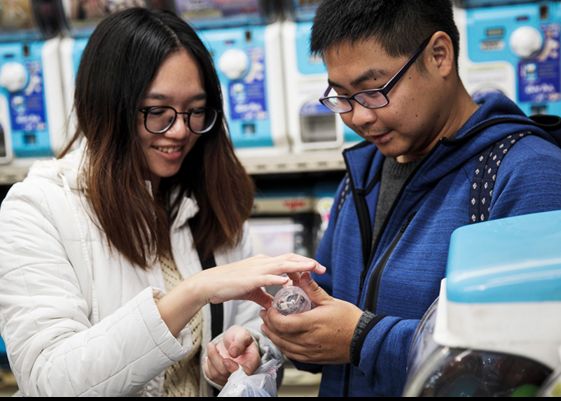
Seita Shiki said: “At the beginning, tourists were mainly male anime enthusiasts... but more and more customers have recently, and more female tourists and foreign tourists.â€

In recent years, the prosperity of the gashapon market, coupled with the low barriers to entry, has attracted a lot of fresh blood. Although there are many companies in the industry, there are only 15 to 25 Japanese toy toy manufacturers with high reputation. In order to reduce costs, toys are made in China, using Japanese designs as prototypes.
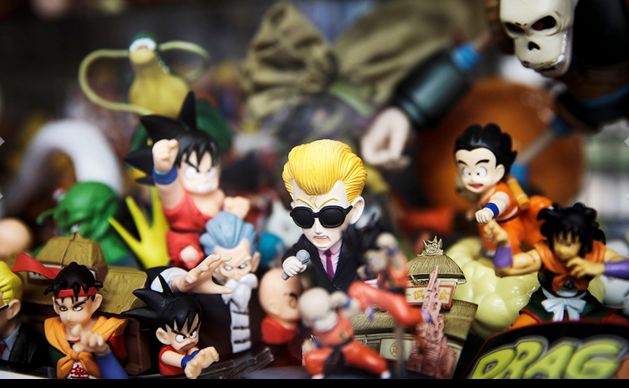
Bandai, who occupies about 70% of the toy market, said that when Bandai began manufacturing toy toy in 1977, it was just 40 years ago, most of which were cheap, mainly sold at 20 yen, and the quality was poor. Today's products are well-made and have a wide range of items, so sales are good. Can you think of a toy that is obsessed by Japanese people, made in China?
Source: Interface News
A gashapon is a small toy in a translucent plastic ball, also known as a capsule toy. Toys have been around for more than 40 years, but after the Tokyo maker Kitan Club launched the "Koppu no Fuchico" ("Fuchico" on the glass edge) in 2012, the craze really took off.

Generally, a gas-scraping self-service vending machine can be found at the entrance of a toy store or a convenience store. The consumer inputs 100 to 500 yen coins into the vending machine, twists the button, and the toy toy is randomly rolled out from the machine.

Unlike ordinary children's toys, Japanese toy-locked toys are inexpensive, but they are of high quality, richly designed, diverse, and even have a limited edition of popular dolls. Moreover, since the toy toy is randomly selected from the vending machine, it is even more fascinating to know which one to twist before opening.

The toy toy is not only popular among children, but also among adult collectors and fans. It has been popular in Japan for half a century. The audience covers not only Japanese men, women and children, but even spread to Asia.

In a shop in the famous Akihabara electronics area of ​​Tokyo, there are about 500 veneer toy vending machines.

In Japan, toy toy has become a multi-million dollar craze.

Seita Shiki, a spokesman for Tokyo-based manufacturer Kitan Club, said: "We never thought about targeting children, their numbers are decreasing, and adults have more money."

After the launch of the Fuchico series, the Kitan Club’s sales increased from 800 million yen to 1.2 billion yen. When the buyers posted photos of these cute toy toy on social media, it attracted a great buying spree.

Seita Shiki said: “At the beginning, tourists were mainly male anime enthusiasts... but more and more customers have recently, and more female tourists and foreign tourists.â€

In recent years, the prosperity of the gashapon market, coupled with the low barriers to entry, has attracted a lot of fresh blood. Although there are many companies in the industry, there are only 15 to 25 Japanese toy toy manufacturers with high reputation. In order to reduce costs, toys are made in China, using Japanese designs as prototypes.

Bandai, who occupies about 70% of the toy market, said that when Bandai began manufacturing toy toy in 1977, it was just 40 years ago, most of which were cheap, mainly sold at 20 yen, and the quality was poor. Today's products are well-made and have a wide range of items, so sales are good. Can you think of a toy that is obsessed by Japanese people, made in China?
Source: Interface News
Glass Bakeware,Colorful Coating Collection,Bakeware With Plastic Lid,Value Pack
Guangdong DK Houseware Co., Limited , https://www.dkhouseware.com